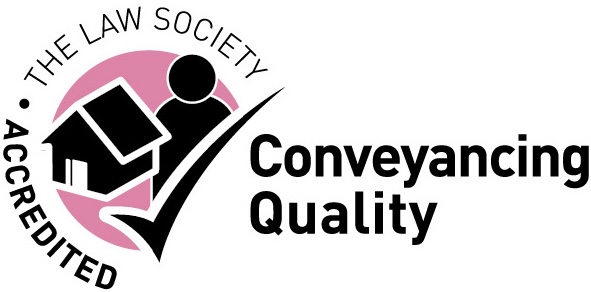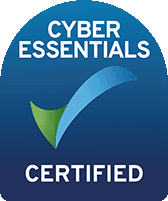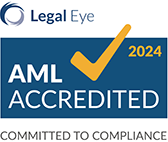With increasing financial input from parents and other family members to help young people onto the property ladder, joint buyer sole proprietor mortgages are a popular option. We take a look at how they work and what they entail.
For many young people, buying their first home would be difficult without financial support from parents or other family members. A joint buyer sole proprietor mortgage allows them to buy their own home, have the title in their name alone but still benefit from family contributions.
As well as helping to buy a first property, this type of mortgage and financial assistance can allow young buyers to secure a bigger property or a home in a better location than might otherwise be possible.
The difference between a joint mortgage and a joint buyer sole proprietor mortgage
With an ordinary joint mortgage, the lender will require all parties to be named on the title deeds. This means that as well as each borrower being liable for the mortgage debt, they are also legal owners of the property.
With a joint buyer sole proprietor mortgage, someone who is not named on the title deeds and who has no legal title to the property takes on joint responsibility for the mortgage debt. This is usually a parent.
The difference between a joint buyer sole proprietor mortgage and being a guarantor
With a joint buyer sole proprietor mortgage, the parents or other individual will contribute to the monthly mortgage payments. If they are merely a guarantor for the mortgage, then they will not be asked to make any payments unless the owner defaults.
With a guarantor mortgage, the guarantor’s income is not taken into account when assessing how much can be loaned. With a joint buyer sole proprietor mortgage, each mortgagee’s income will be taken into account.
Benefits of a joint buyer sole proprietor mortgage
As well as giving the buyer the benefit of sole ownership of their home, a joint buyer sole proprietor mortgage also means that the other contributor does not become the legal owner of a second property, which would mean they would need to pay extra Stamp Duty of a further 3% when the property was purchased.
It also means that the parents’ income can be taken into account when calculating how much can be borrowed. This can be helpful if parents would like to contribute but do not have a large sum of capital to put towards a deposit.
How many people can take out a joint buyer sole proprietor mortgage?
Up to four people can take out a joint buyer sole proprietor mortgage, with the property being in the name of just one of them.
Taking out a joint buyer sole proprietor mortgage
All of the individuals who take out the mortgage will be responsible for the repayments, meaning that if the person living in the property does not pay, the lender will look to recover any arrears from the other borrowers, even though they are not on the title. If problems arise, it could affect your credit rating. For this reason, it is important to only consider taking out this type of mortgage with someone you trust. You should also be aware that as you are not a legal owner, you will not benefit from any increase in the value of the property.
If you support your child and their partner to buy a property with a joint buyer sole proprietor mortgage and they separate, with your child leaving the property, you should be aware that you will still be liable to make the mortgage payments, although your child will still be a legal owner and entitled to their share of the property when it is sold.
Lenders will sometimes limit this type of mortgage to applicants who will be below a certain age at the end of the mortgage term, which could be 70 or 80.
Contact us
If you would like to speak to one of our expert property lawyers, ring us on 0333 305 5189 or email us at info@lpropertylawyers.co.uk


